How to Winter Sow—Plus, 6 Expert-Approved Seeds to Plant During the Cold-Weather Months

GETTY IMAGES
TABLE OF CONTENTS
On This Page
Direct Sowing
Sowing With Containers
The Best Flowers for Winter Sowing
While it might seem unexpected, the winter season can actually be one of the best times to tend to your garden. As the cold-weather months progress, you can practice winter sowing. This method includes sowing seeds in a container, usually in a covered environment (think: mini greenhouse-like conditions), to prep your flowers for blooming before the weather warms up.
Winter sowing is a helpful idea for beginner gardeners, says Teri Speight, a master gardener, writer, podcaster, blogger, and the author of Black Flora: Profiles of Inspiring Black Flower Farmers and Florists. "The choice of what types of seeds can be sown will depend on how climate tolerant they are, and it will be different, depending on the zone in which one lives," she says. "This method of gardening is done outside, as the natural light and greenhouse effect of the containers provide a self-contained micro-climate."
We tapped gardening experts to get their insight on all of the ins and outs of winter sowing, along with their favorite seeds to plant for a beautiful garden come spring.
https://www.marthastewart.com/1146121/flower-garden-ideas
Direct Sowing
When winter sowing, you can either plant the seeds directly in the ground or use containers. The former isn't recommended often, as the ground can be too hard depending on your region. However, self-sowing is an option. "Self-sowing is a term used when plants drop their seed in place," says Speight. "Many plants will do this, particularly annuals, such as cleome, garlic chives, peonies, echinacea, rudbeckia, and even cosmos." This allows the seeds to naturally and gradually grow in your garden.
Sowing With Containers
Since winter sowing mirrors a greenhouse-like environment on a smaller scale to germinate seeds that usually require cold stratification, it's important to simulate the natural vernalization process, says Dee Hall, the owner of Mermaid City Flowers, a specialty cut flower and urban micro farm in Norfolk, Va. "This is done outdoors during cold weather months, most often in milk jugs or other transparent or near-transparent containers, so light can penetrate the soil," she says. "Since sustainability is a large part of my farm practice, I usually keep milk jugs or ask my neighbors to share milk jugs and soda bottles to use for sowing seeds."
Here are the steps to sow flowers in the winter using containers:
Remove the caps, cut the cleaned bottles in half, nearly all the way around, leaving the handle on to use as a place to open and close the jug as needed.
Add drainage holes and fill them with a damp, peat-free homemade potting mix of your choosing, and sprinkle seeds onto the surface of the soil.
Cover with vermiculite, as Hall says this helps to keep the seeds moist and prevent fungus from forming.
Close the mini greenhouses with painters tape and label them with a waterproof marker, advises Hall.
"Usually, no additional care is required beyond making sure the containers don't dry out," says Hall. "In early spring, gently pluck out your seedlings (a butter knife will likely do) and pop them into your flower beds."
The Best Flowers for Winter Sowing
As for our garden experts' favorite seeds to plant? These are their picks for winter sowing:

GETTY IMAGES
Scabiosa
Hardy from zones 3 to 8, scabiosas, also known as pincushion flowers, are a low-maintenance option that bloom in light lilac to indigo hues from April to October once the weather warms up. These are ideal for winter sowing because they enjoy cooler temperatures. This allows them to strengthen their roots and better acclimate once it's time to plant them in the garden.
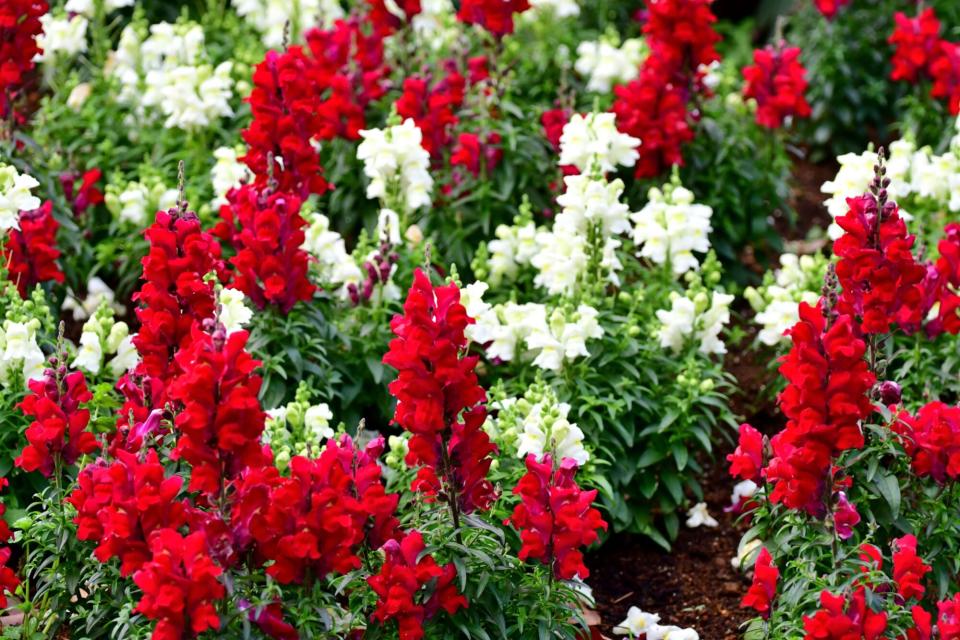
GETTY IMAGES
Snapdragons
Snapdragons, also known as Antirrhinum majus, bloom in hues ranging from white to red when they appear in the spring. Characterized by their routine growth, these flowers will grow in zones 3 to 8 and come back every year from self-sowing.
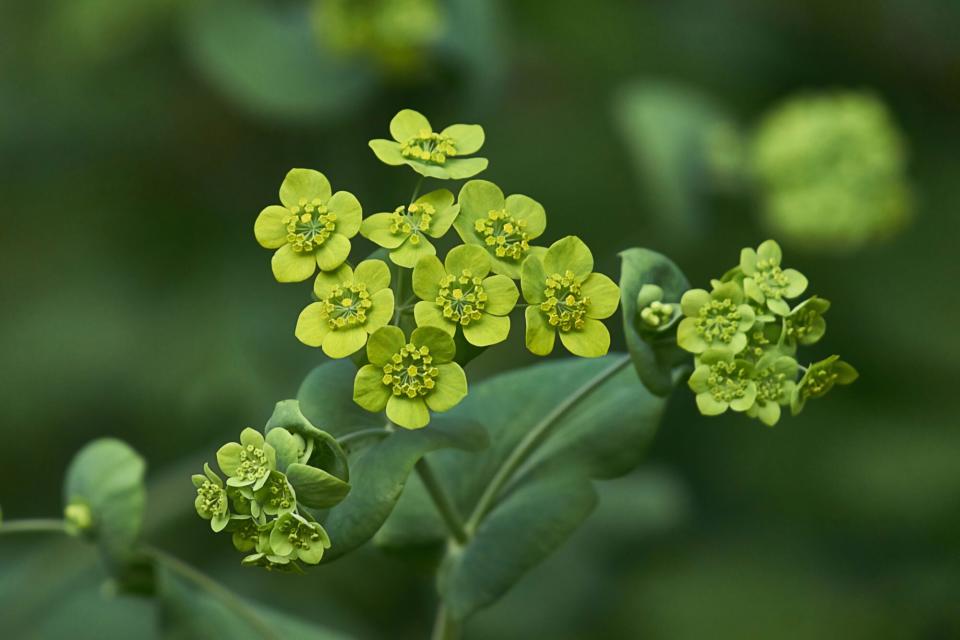
GETTY IMAGES
Bupleurum
Also a durable option between zones 3 to 8, this option grows tall and thrives in colder climates, so long as you are in a frost-free area. These grow strong roots, as well, during the winter months, Hall explains.
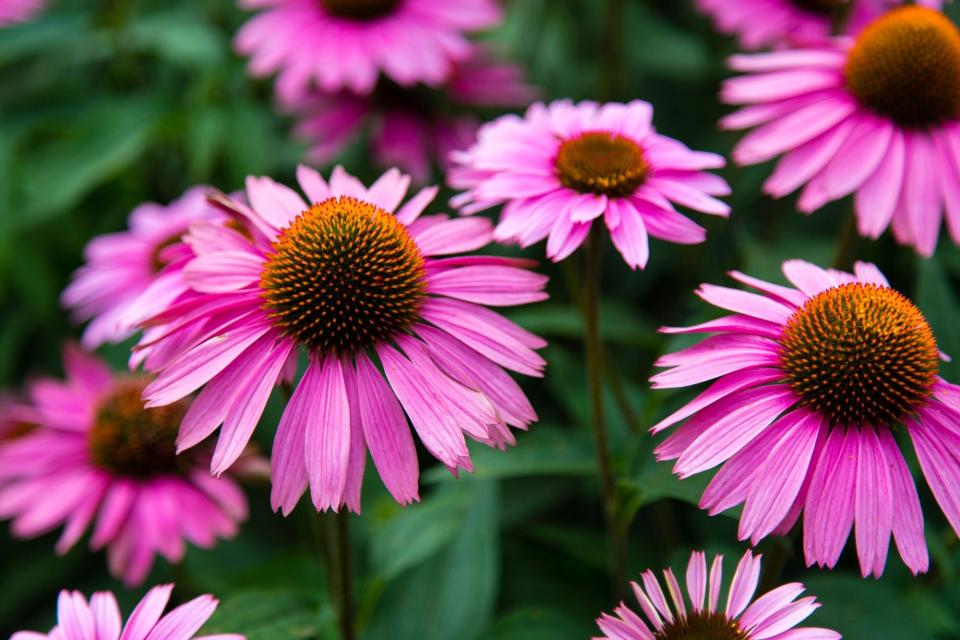
GETTY IMAGES
Echinacea
The echinacea is one of Speight's go-to seeds for winter sowing. Once in bloom in zones 4 through 9, the flowers attract birds and insects. She harvests the seeds from existing plants in my garden and allows some to drop and self-sow. "Echinacea sown in containers during the winter months are sturdier, healthier plants," she adds.
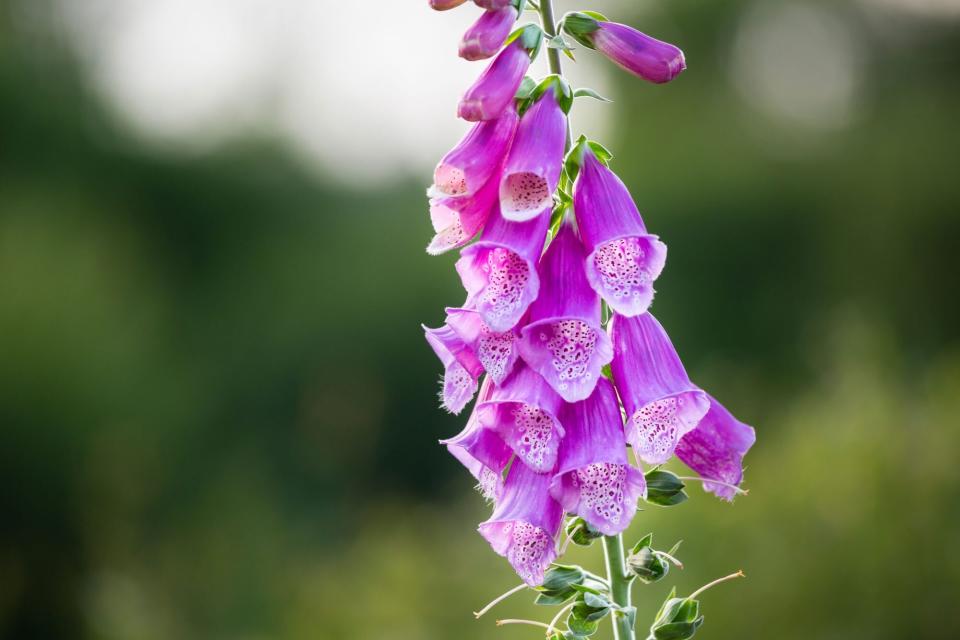
GETTY IMAGES
Foxgloves
Foxgloves, also known as digitalis, are one of Speight's favorite flowers, as they "provide high drama to any spring arrangement." Once you plant these in your garden, they will self-sow on their own. "This plant is a biennial—it will bloom in the second year of growth," she says. "This is perfect as you can place the larger seedlings exactly where you want them to be once they have their second set of leaves."
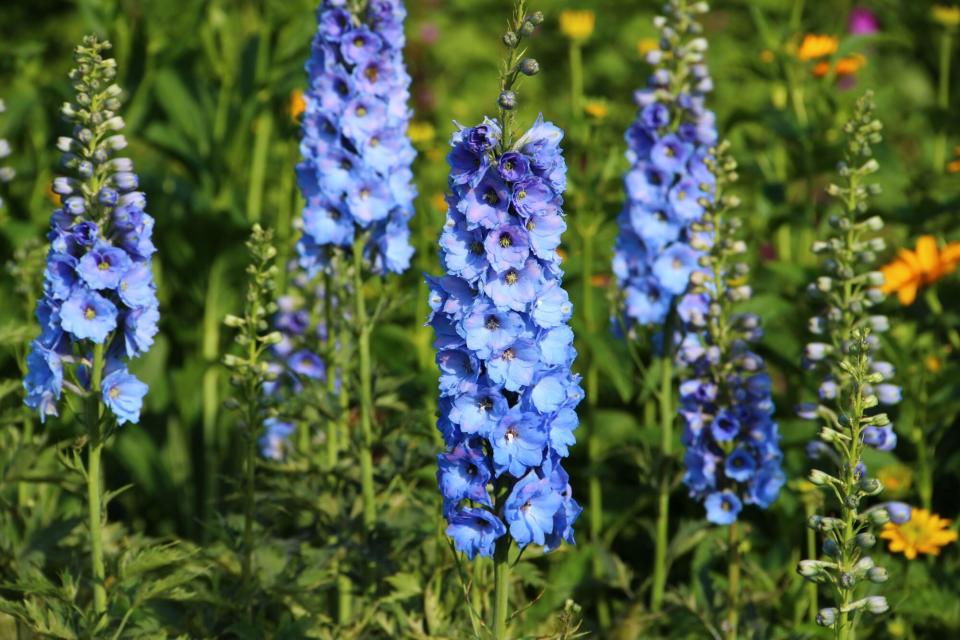
GETTY IMAGES
Larkspur
Late winter is the ideal time to sow colorful larkspur, which grow best in zones 2 through 11, so long as the seeds have experienced a stratification period first, says Speight. "Larkspur has a taproot that does not like being disturbed," she says. "Left to its own devices, Larkspur will often self seed, which is nature's way of self-sowing."
To stratify the seeds, place them in compostable seed-starting pots.
Using the inside of paper towel rolls, cut three pieces of the inserts in half, as these break down naturally.
Fill these containers with seed starting mix and place in a container with a lid.
Spritz with water to moisten the seed mix.
Place this container in the refrigerator six weeks prior to the last frost date in your zone.
Keep the seed mix moist and cold, as these conditions will help the germination process.
Once the second set of leaves have formed and become visible, you can plant them.

